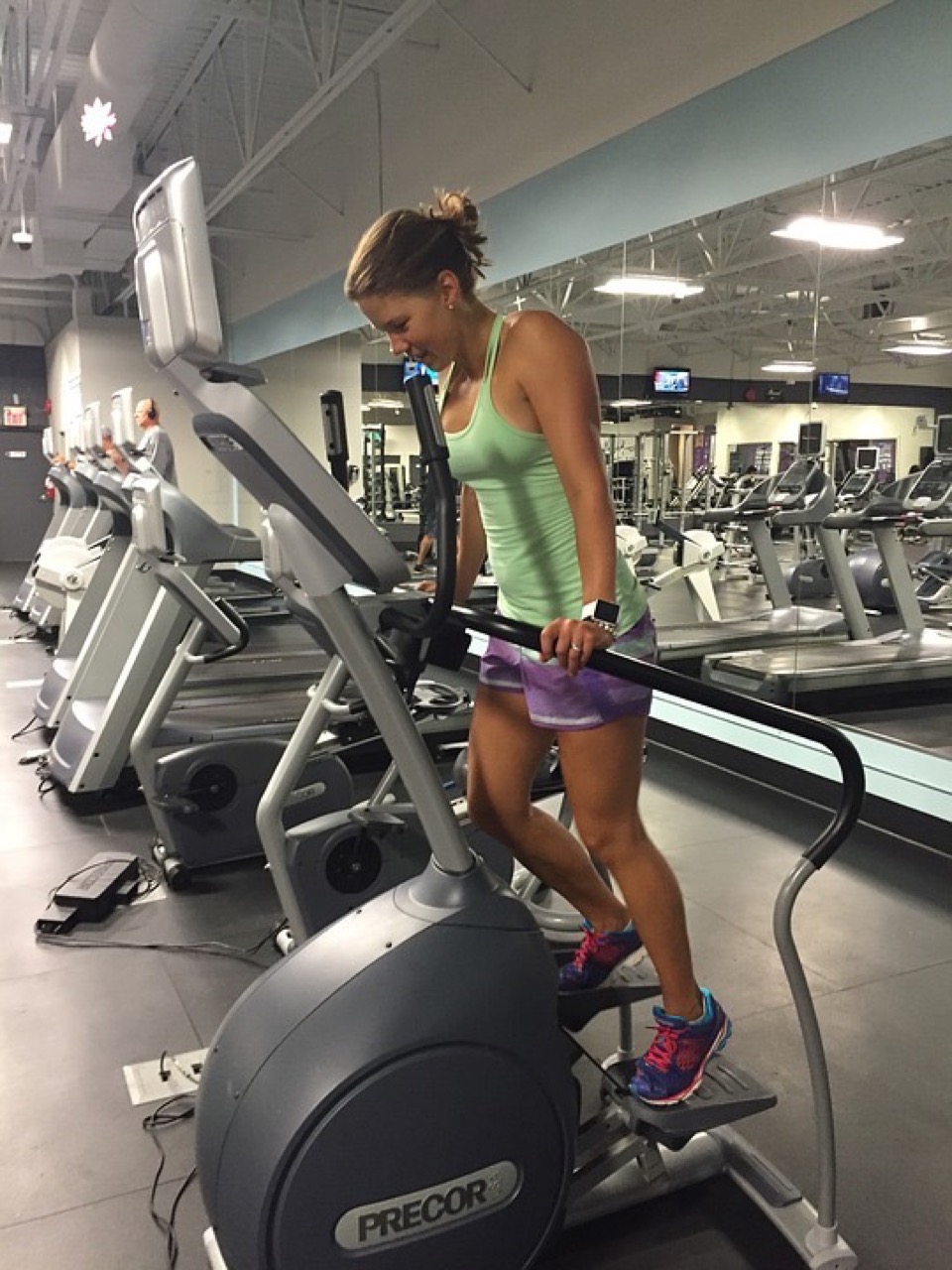In a world that increasingly consists of flat expanses of pavement, a hike can seem like an intimidating pursuit. How can you get in shape for hiking if you live in a city or don’t have time during the week to get out on trails? Here are tips for people at every level of fitness to boost their hiking prowess without having to hit the mountains.

In addition to improving cardiovascular and pulmonary health, hiking utilizes many of the body’s major muscle groups. Climbing uphill engages the glutes, quadriceps, hamstrings, knees, and calves, while hiking downhill further incorporates the ankles, feet, and hips. In short, hiking is a full leg workout. Additionally, no matter if you’re hiking up or down, uneven terrain requires a strong core for good balance. If you want to tone your arms, hike with trekking poles, which help lessen the load on your knees by transferring some of it to your arms.

Gyms have many machines that help strengthen the muscles used in hiking. Using these tools can be a quick way to get in good hiking shape – if you are the kind of person who enjoys going to the gym. For beginning hikers, a day on the trails can have an especially strong impact on the quadriceps, the large muscle group running across the top of your legs above the knee. Quads are used to bend, straighten, and support your knees while you are hiking. On long or steep ascents, your quads will burn because they are activated more than they are while hiking or walking on a flat sidewalk. To help prepare your muscles for the strain of hiking uphill, incorporate exercises that target the quadriceps.
The stair climber machine is a great place to start, as the motion of climbing stairs is pretty similar to that of hiking uphill. Another good option is the treadmill. Most treadmills have an incline function that allows you to increase its angle, mimicking the angle of a hill. Most top out at a 12% grade, which is less steep than most hikes, but this is still a great place to start. For either the stair climber or the treadmill, start with a 10- or 15-minute set of ascending. Don’t go too fast! This is a common mistake that beginner hikers make, and it can lead to both injury and misery.
You should be moving at a pace that allows for conversation rather than one that requires a lot of breaks. After 10 or 15 minutes, either lower the angle of the treadmill or ease up on the pace of the stair climber. Continue walking at an easy pace for seven minutes and then go back to the harder angle.
This Retro WON first appeared August 4, 2017.
The Women's Outdoor News, aka The WON, features news, reviews and stories about women who are shooting, hunting, fishing and actively engaging in outdoor adventure. This publication is for women, by women. View all posts by The WON